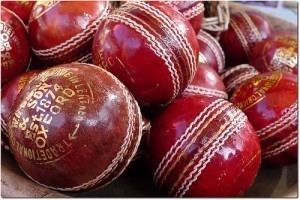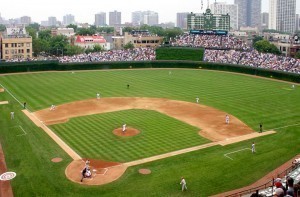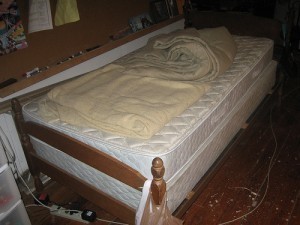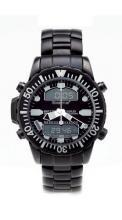How Big is a Cricket Ball?
Cricket may not exactly be baseball, but this form of bat-and-ball game is not to be underestimated. With matches that stretch on for days, it takes a considerable amount of endurance to play this sport. And it takes a special kind of ball tough and hard enough to withstand that pressure.
A cricket ball consists of a core made out of cork, wrapped in a tightly wound layer of string and a leather covering with a somewhat raised sewn seam. High quality cricket balls that are suited for advanced stages of competition have a covering comprised of 4 leather pieces similar in shape to quartered orange peelings, but with one hemisphere rotated at a 90-degree angle from the other hemisphere.
The cricket ball’s so-called equator is stitched up with string to make up the prominent seam of the ball, consisting of 6 rows of stitches. The 2 remaining joints connecting the leather pieces are internally stitched. Meanwhile, low quality cricket balls come with a 2-piece covering. As such, these balls can be purchased at low costs and are used for practice or for low-level competitions.
Color also plays a significant part in a cricket ball. The traditional cricket ball color is red, and these types of balls are employed in playing First-class cricket (a form of cricket made up of matches that go on for a duration of 3 or more days) and Test cricket (the longest version of the sport, played for a duration of up to 5 days).
But for one-day matches played during the night, white cricket balls are used because they appear much more visible in the night than any other color. Since then, white balls are now also used even for professional one-day matches played during daytime.
Occasionally, other colors have also been used for cricket balls. For instance, yellow and orange balls were once utilized for improved visibility at night. However, the coloring process has made these balls incompatible with professional matches as they wear differently compared to standard cricket balls.
As for how big is a cricket ball, those that are used for men’s cricket must have a circumference between 224 to 229 millimeters (8 13/16 to 9 inches) and should weigh between 155.9 to 163.0 grams (5.5 to 5.75 ounces). Cricket balls that are used for youth and women’s matches tend to be slightly smaller.
Because of its weight and hardness, there is an element of danger involved in using a cricket ball. There is always the risk of sustaining injuries, and in certain cases, a cricket ball to the head has even resulted in death. This necessitated the development of protective equipment and headgear for the game, which are being employed by cricket players today.





